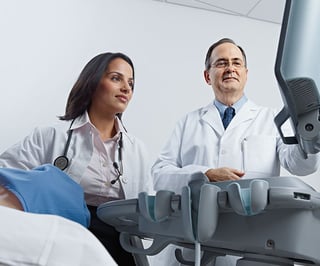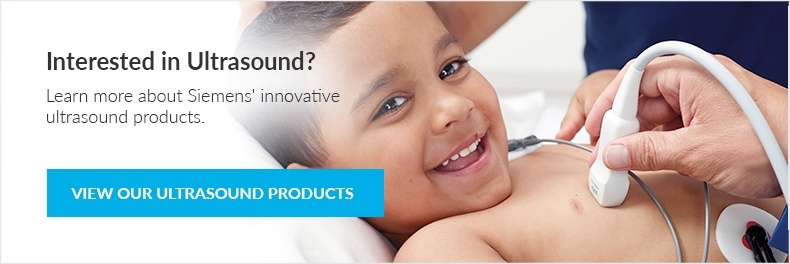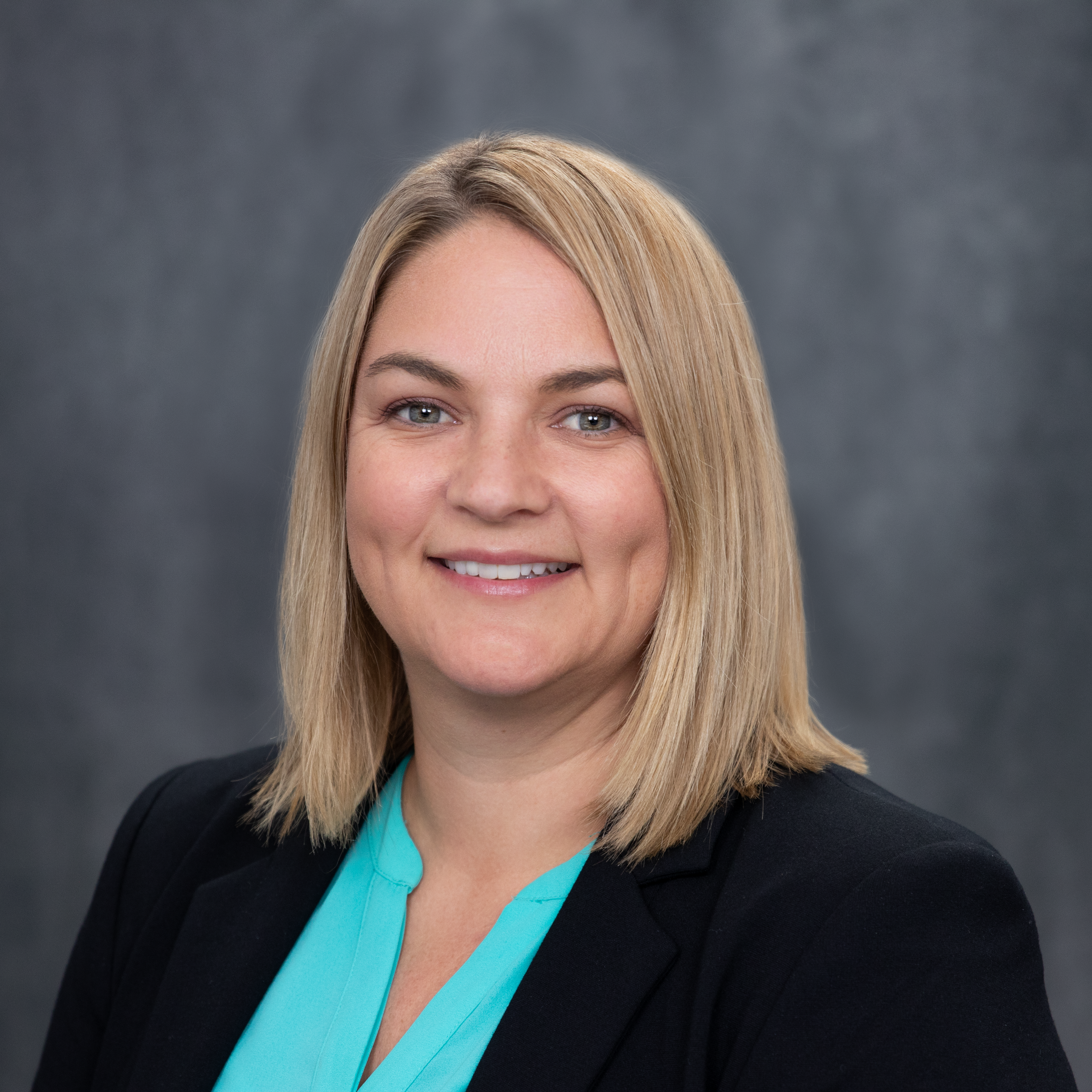 Manual ultrasound is so 2015.
Manual ultrasound is so 2015.
For decades, conducting an ultrasound required a willingness to engage in the same processes over and over again. Any sonographer reading this probably has fingertips that reflexively know the exact keystrokes required to capture an image and move on to the next mode or portion of the study.
But now, advances in automated technology are making the lives of sonographers easier than ever. This has a butterfly effect; patients are reporting improved experiences because their scans are going more quickly and they’re getting more of the high-quality interaction with their providers that they’ve come to expect. Plus, physicians are receiving studies that all have an identical baseline, with the best images sent to them for review and fewer of them to sort through.
Automated ultrasound is changing the game for anyone involved in this modality.
How It Works
First, an understanding of precisely what we mean by automated ultrasound is in order. Emphasis on “precisely.”
An ultrasound machine with automation capabilities actually allows you to program the types of studies you’re trying to achieve. This comes in two forms: presets based on different standard tests and best practices surrounding those tests, and studies that you can program yourself to suit your preferences and those of your referring physicians.
This gives you quite a bit of leeway for what you want to image. For instance, if you get a majority of your referrals from physician A and physician B, and you know that A likes scans to be conducted a certain way and B likes images to be sent in a certain order, you can set those studies up to different parameters, saving yourself a lot of time before and after the fact.
Automation really comes in handy for the standard ultrasounds you conduct on a regular basis. With one image complete, you can move directly to the next one without having to worry about bending awkwardly to initiate the keystrokes that let you move forward. Your body is freed from the contortions that imperil sonographers on a daily basis.
Let’s take a look at this in action in regard to cardiac ultrasound, a common modality. Basically, you begin by choosing your automated program of choice, in this case, cardiac. Then you begin the test. After that single click, the computer begins a system of pattern recognition that automatically finds the ventricle and then traces its shape dynamically through a series of moving images. If you’re taking measurements, the moment you hit “freeze,” it’s clocking that information for you and you’re able to move on.
You can already see how this would be immensely useful in your clinical setting. Here are some additional benefits to sonographers:
Quicker Exams
The steps described above can take minutes off your typical ultrasound time. By being able to program in precisely what you need the machine to record and what to do once each step is complete, you’re saving yourself time on every test that you conduct.
If you’re in a high-volume facility, those five to seven minutes per test really add up. Who knows, go all in on automation and you may even get your lunch break back!
Patient Volume
Because your exams take less time, you also have the potential to see more patients in a given day.
Now, this isn’t to say that your volume is going to increase by a dozen patients in a day. Automation saves you time, but the actual process of imaging is one that you and I both know has a bare minimum standard we’ll all still need to follow.
However, it’s definitely feasible that you could use automation to save enough time that you can squeeze in one or two more appointments in a day. Add that up over the course of a year, and that revenue becomes something much more notable.
Less Wear and Tear
This is the big one, the one that’s even more important than getting time back in your day.
Sonographers deal with pain on a regular basis. I had a sonographer once tell me that they felt like they've been scanning with one hand while playing the piano with the other hand. It’s an arrangement that can lead to carpal tunnel and other repetitive motion injuries, not to mention the strain on your body produced by constantly extending your arms and legs to conduct the test.
Automation can minimize that strain. Your fingers will, for maybe the first time in your career, be freed from the keyboard for long stretches of time. And because you may be able to stay in one position to conduct your scan, your body experiences less wear and tear over all.
Less Noise
Because the machine is calibrated to certain standards, with advanced pattern recognition in place to further enhance your scanning capabilities, you’ll be worrying a lot less about noisy images.
Automation creates standardization in testing, and that standardization can lead to a pristine image quality that’s repeatable.
Fewer Images for Physicians
This is the big differentiator when it comes to impressing your physician community. Because the system is set up to pick the exact images that meet the exact specifications of its programming, you’re able to provide your referring physician with a standard set of images every single time.
He or she won’t have to sort through more images than necessary, and they won’t have to worry about slight fluctuations in image consistency. Standardization is something your physicians will learn to appreciate rather quickly.
Automation Nation
Don’t be surprised if your mentors in the sonography field will soon be saying things like, “Back in my day, we had to capture each and every image by hand!”
Automation has flowed into every facet of ever industry, and it only makes sense that sonography should follow suit.
Imaging is about to experience a revolution in providing care. All that searching for the right image? Those days are nearly behind us. Instead, you’ll be able to focus more on your patient and providing the kind of exceptional care you’ve prided yourself on for years.
Automation is here. And it’s going to make your job that much more rewarding.







Comments